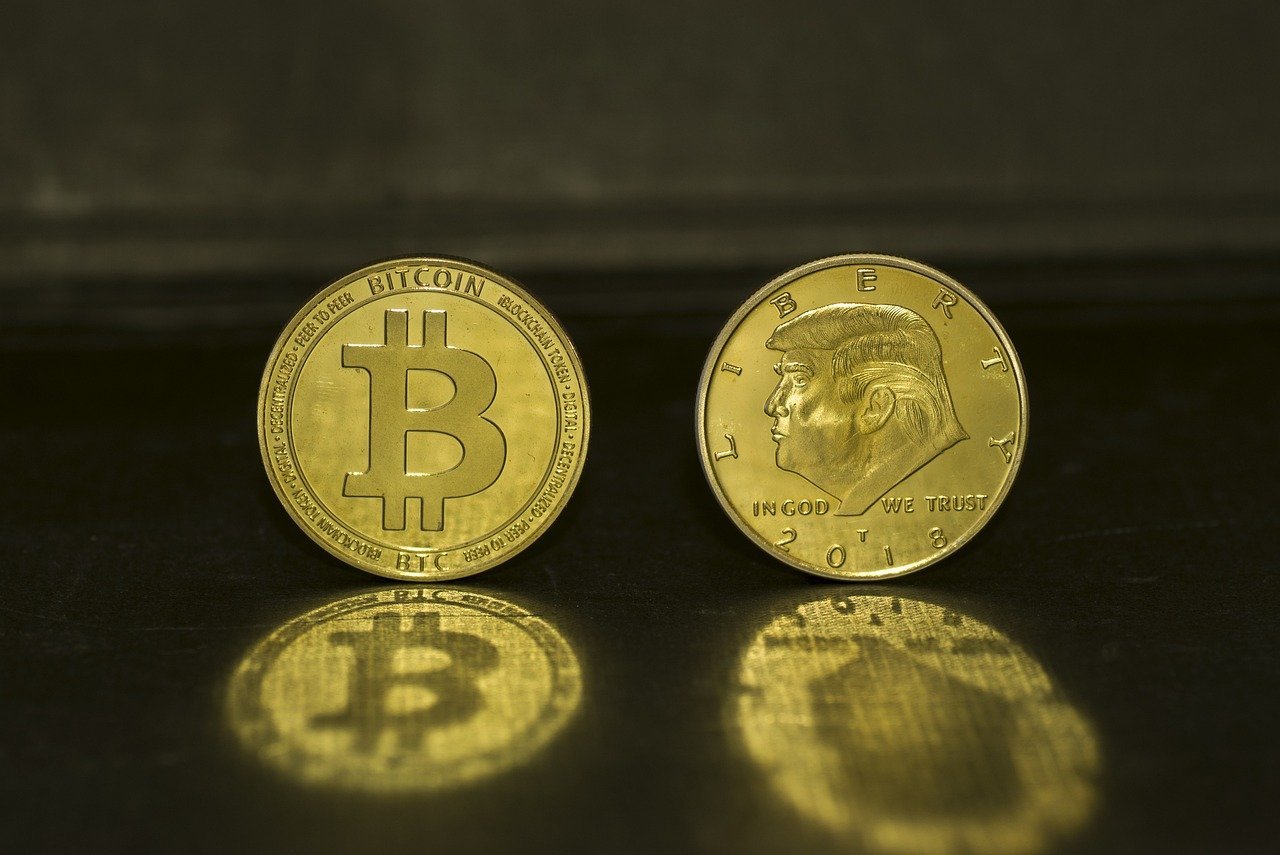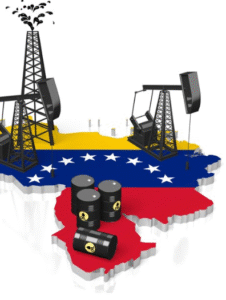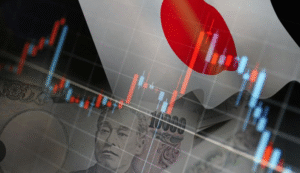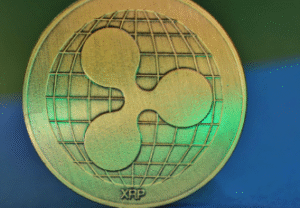$USO $CL_F $BTC
#Trump #Iran #Oil #Geopolitics #Sanctions #MiddleEast #NuclearDeal #EnergyMarkets #OilPrices #USOIL #MacroEconomics #ForeignPolicy
Donald Trump’s return to the political arena reignites his “maximum pressure” campaign against Iran, a strategy aimed at significantly reducing Tehran’s oil exports to weaken its financial capacity. The premise of this campaign is to curtail Iran’s nuclear program and its ability to fund regional proxies like Hezbollah. While the former president’s adviser, Brian Hook, insists that Trump has “no interest in regime change,” skepticism over U.S. intentions remains pervasive in Iran and among global observers. This sentiment clouds the negotiating environment and perpetuates the standstill in reviving the nuclear deal. In financial markets, the possibility of renewed sanctions on Iranian oil exports raises concerns about constrained global oil supply, potentially boosting crude oil prices. Energy-focused assets like $USO and $CL_F could see heightened volatility in the months ahead in response to any developments on this front.
The potential reinstatement of sanctions under another Trump presidency would place immense pressure on Iran’s already fragile economy, as oil revenues constitute a significant portion of its GDP. With Iranian crude exports estimated at 3 million barrels per day before previous sanctions, the markets would undoubtedly respond to such supply disruptions. Reduced Iranian output would likely drive benchmark crude prices higher, benefiting oil-exporting economies and energy companies globally while presenting challenges for oil-importing nations. The price hikes could also have downstream inflationary effects, complicating central banks’ monetary tightening strategies, particularly in the U.S. and Europe. On the geopolitical side, Trump’s hardline stance may force Iran closer to China and Russia, deepening existing global alliances and fragmentations, further influencing commodities and currency markets.
However, the global context in 2025 differs significantly from Trump’s first term. While the U.S. shale industry played a crucial role in offsetting supply shocks in prior years, its growth has plateaued due to stricter environmental policies and increasing capital discipline among producers. As alternatives like renewable energy and electric vehicles steadily increase their market share, oil’s dominance in the energy sector faces long-term challenges. Nonetheless, in the immediate term, oil futures like $CL_F could experience bullish momentum fueled by geopolitical risk premiums and speculative trading activity. Meanwhile, such tensions could impact the crypto market, which has often seen Bitcoin ($BTC) act as a hedge in times of geopolitical uncertainty. Investors might allocate capital to digital assets as a safeguard against potential volatility in traditional financial markets.
Broader foreign policy dynamics also come into play, influencing investor sentiment and risk allocation. A renewed confrontation between Tehran and Washington could reverberate across emerging markets, particularly in the Middle East. Iran’s critical geographic location near major energy transit chokepoints, such as the Strait of Hormuz, means any escalation could disrupt global energy trade. Investors in equities tied to oil majors, defense contractors, and even shipping companies would keep close tabs on unfolding events. With volatile energy prices and heightened risks of military conflict, global markets would likely experience greater uncertainty. This intersection of geopolitics and market dynamics underscores the complex, multifaceted implications of a potential Trump vs. Tehran scenario, echoing the intricate interplay between policy, markets, and macroeconomics.











Comments are closed.